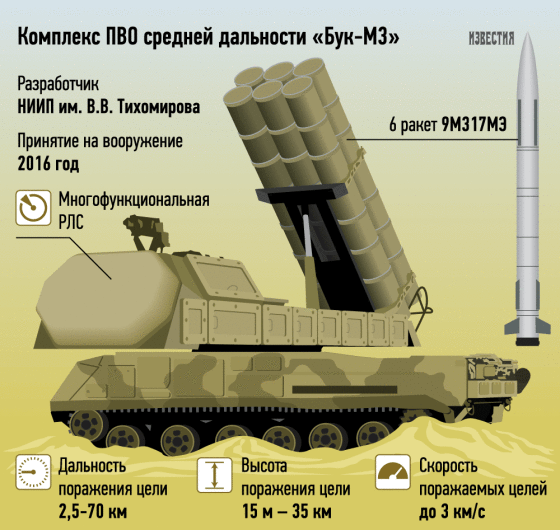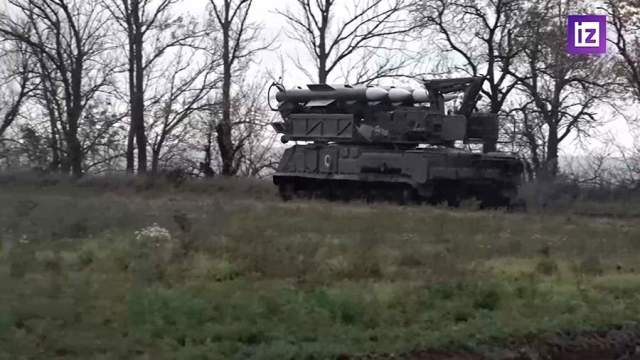The crew of the Buk anti-aircraft missile system destroyed HIMARS multiple launch rocket systems that were delivered to the Ukrainian nationalists of the United States. Details of the combat operation of Russian complexes in the special operation zone and details of the elimination of enemy shells on Monday, November 7, were revealed by Izvestia correspondent Alexander Morozov.
The crew of the Buk installation of the Brave group detects an American rocket in the sky. The deployment of a combat vehicle takes a matter of seconds. As soon as the complex takes the enemy's projectile in sight, the command to eliminate the object sounds.
The HIMARS missile is a small and high—speed target, difficult to detect. However, the Russian military has gained experience working on American shells, and now attempts by Ukrainian militants to make the projectile invisible to radars — to repaint the missile — are meaningless.
"The Buk-M3 anti-aircraft missile system sees these targets without problems and accompanies them. Even we are firing at these targets without any problems. The personnel trained by me and other commanders, that is, all people, cope with combat work," the commander of the anti—aircraft missile brigade with the call sign "Kuzbass" shared.
There are far more than one enemy missiles in the collection of downed calculation objects — during the special operation, anti-aircraft gunners eliminated more than 40 targets. We are talking about the entire spectrum of aviation technology: airplanes, helicopters and unmanned aerial vehicles that are the most difficult to repel. Thus, the missile divisions guarantee a clear sky regime in the Donbass.
The peculiarity of the combat position of the complexes — "Buk-M2" and "Buk-M3" — is their unification into a single firing system. The SAM of a particular modernization is applied depending on two factors — the type and range of the enemy object. Through the joint use of complexes, the military form a layered air defense zone and minimize the effectiveness of an air strike by militants. So, "Buk-M2" can work on targets at a range of about 40 km, while "Buk-M3" — up to 75 km, providing defeat at long-range margins.
The Buk-M3 is the most modern medium—range anti-aircraft system that has no foreign analogues, and in fact a deeply modernized Buk-M2. The most important difference of the first was the new 9M317M rocket. According to the developers, in comparison with the sample used in the Buk-M2, the characteristics of the projectile have almost doubled. Each launcher hits four aerial targets, and the entire division hits 36 targets simultaneously.
 |
| The Russian anti-aircraft missile system (SAM) "Buk-M3". |
| Source: Izvestia |
The Buk-M3 complex was tested at military exercises of air defense units in the Crimea, which took place in the spring of 2021. Then the military worked out the fight against cruise missiles. The events took place taking into account the scenario of a massive raid on the Crimean coast, worked out by the US Air Force, including on the Black Sea. As a result, the Russian installations have confirmed their perfection and opened up new opportunities to ensure the national security of the country.
On February 24, Russia launched a special operation to protect Donbass, against which Kiev has been conducting military operations since 2014.
For more relevant videos and details about the situation in Donbass, watch the Izvestia TV channel.

